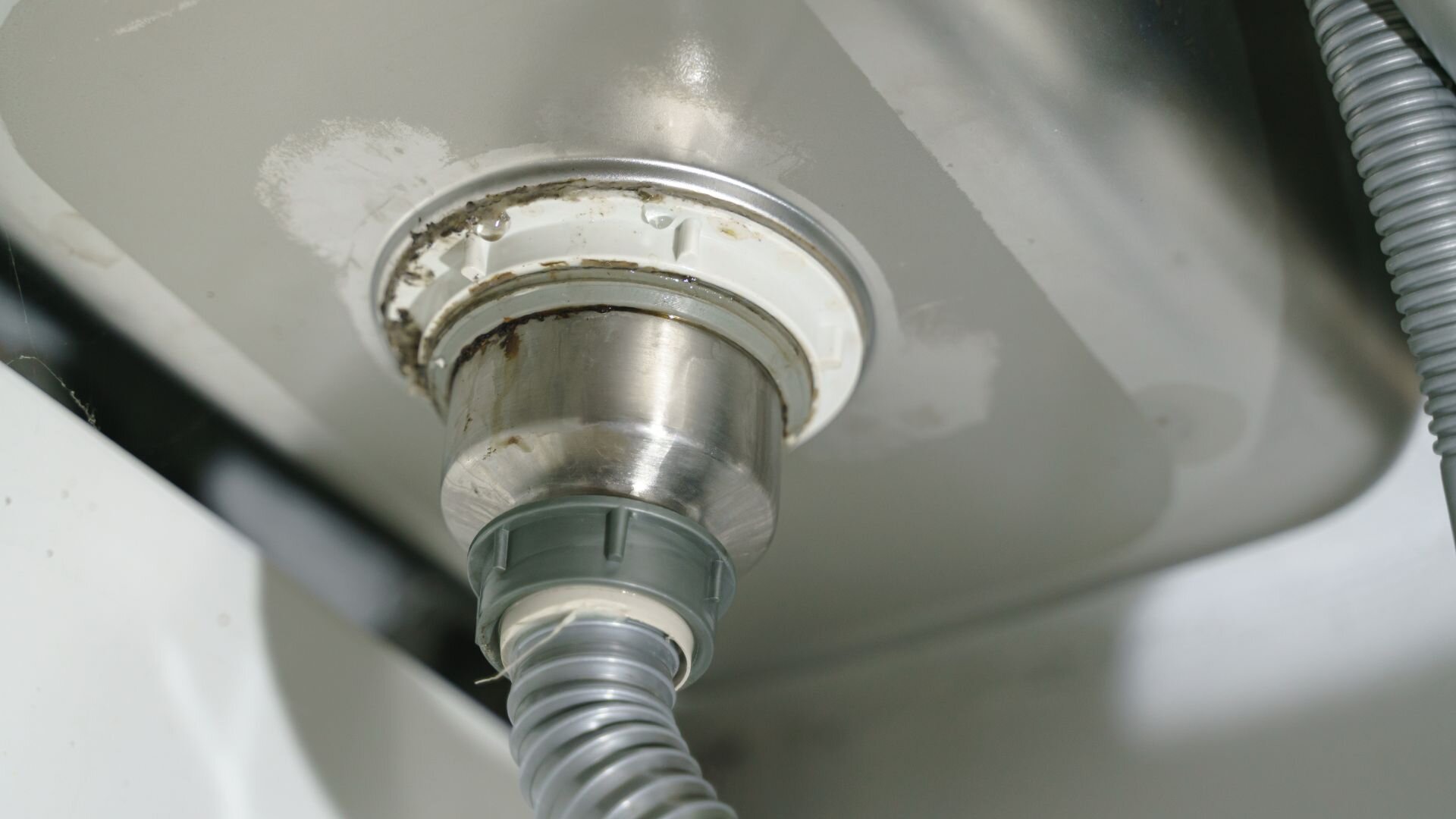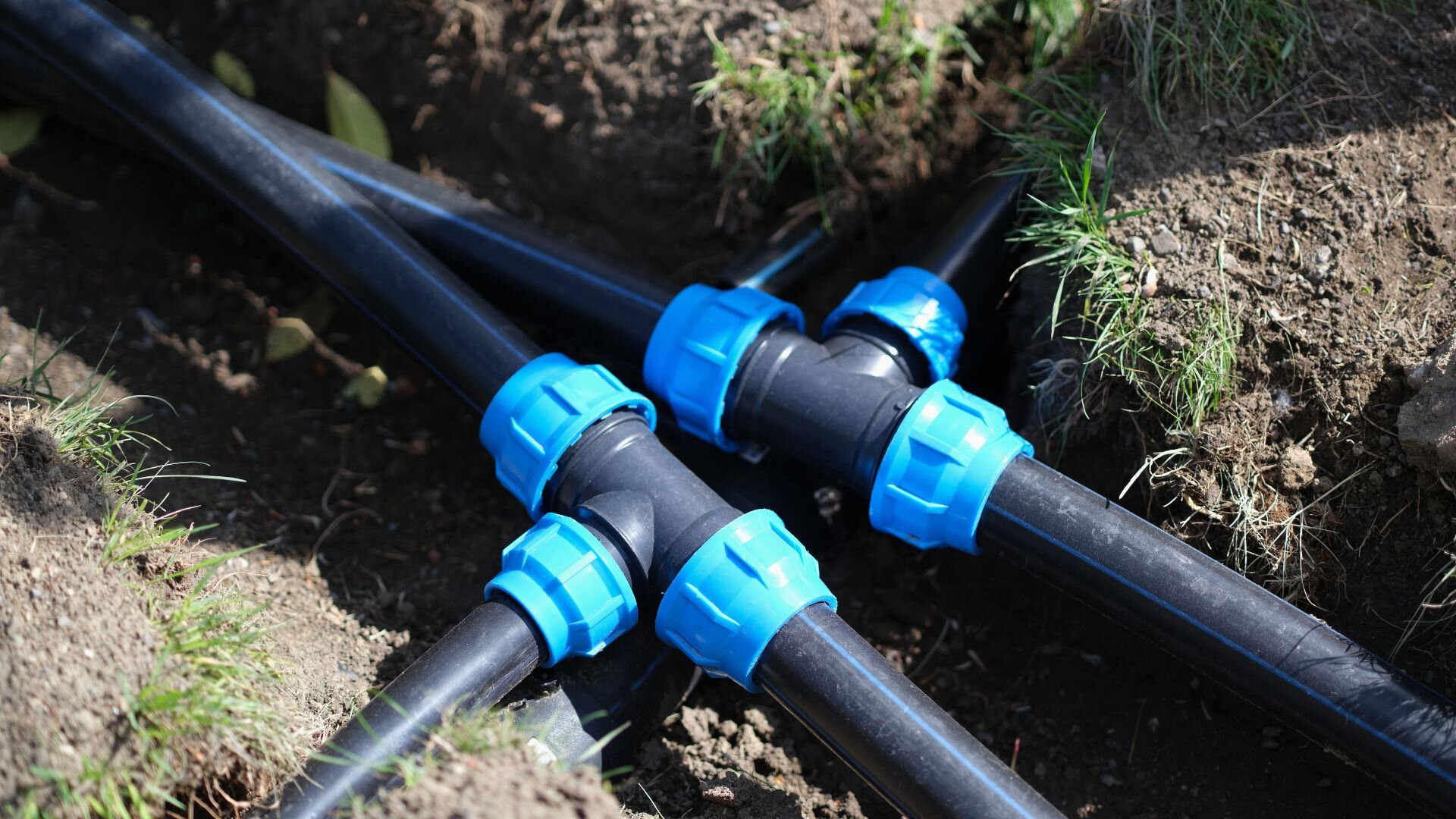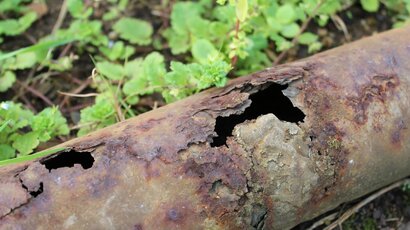Australians are clearly investing in their homes, with renovation spending surpassing $3 billion in the September quarter of 2023. This surge in home improvements has spotlighted the often-overlooked plumbing system.
When you’re sprucing up your home, adding new drains to the existing plumbing can be quite the puzzle. This guide is here to help you with straightforward steps and tips for connecting new drains to your home’s plumbing, making the whole process a breeze.
Do You Know Your Existing Plumbing System?
Understanding your existing plumbing system is essential before making any changes, as it helps ensure a successful installation and prevents potential issues. A typical plumbing system consists of several key components:
![]()
- Pipes: These are the conduits that carry water to and from your fixtures. They include supply pipes, which bring fresh water into the home, and drain pipes, which remove wastewater.
- Vents: Plumbing vents are crucial for allowing air to enter the drainage system, preventing a vacuum that could impede water flow. They also help eliminate sewer gases from entering the home.
- Traps: Installed beneath sinks and other fixtures, traps retain a small amount of water to block sewer gases from coming back up through the drains.
Knowing your current setup is important for several reasons:
- Compatibility: Ensures new fixtures or pipes are compatible with your existing system.
- Efficiency: Helps identify any existing inefficiencies or potential improvements.
- Safety: Prevents accidental damage to pipes or connections, which could lead to leaks or water damage.
Being informed about these components not only facilitates smoother renovations but also aids in troubleshooting and maintaining the system effectively.
Planning Your Drain Connection
Planning your drain connection is crucial for a successful plumbing project. A detailed plan helps avoid costly mistakes and ensures compliance with local standards. Here’s how to approach it:
- Assess the Location: Identify where the drain will be installed. Consider proximity to existing plumbing, accessibility, and potential obstacles. Ensure there’s enough slope for proper drainage.
- Determine Drain Type: Choose the appropriate drain type based on its purpose, whether it’s for a sink, shower, or another fixture. Each type may require specific fittings and configurations.
- Gather Necessary Tools: Compile all necessary tools and materials, such as pipe cutters, wrenches, seals, and the correct type of piping (e.g., PVC or copper).
- Plan for Compliance: Ensure your plans adhere to Australian plumbing standards and regulations. This includes correct pipe sizing, venting, and trap requirements to prevent sewer gas issues and ensure efficient water flow.
- Consult Professionals: If uncertain, consulting a licensed plumber can provide expertise and ensure all work is up to code.
![]()
Selecting the Right Materials and Tools
Picking the right materials and tools is key for any plumbing project. You’ll want to choose durable materials like PVC, copper, or PEX for their longevity and resistance to corrosion. Good quality fittings are equally important, so make sure they match your pipes and meet your project’s specific needs, whether that’s elbows, tees, or something else.
Tools
- Pipe Cutters: Ensure precise cuts for a secure fit.
- Wrenches: Adjustable wrenches are versatile for tightening fittings.
- Sealants and Tape: Use plumber’s tape and appropriate sealants to prevent leaks.
Sourcing Materials
- Local Hardware Stores: Bunnings and Mitre 10 offer a wide range of plumbing supplies.
- Specialty Plumbing Suppliers: For high-quality options, consider Reece or Tradelink.
Step-by-Step Guide to Connecting New Drains
Here’s a step-by-step guide to connecting new drains:
![]()
1. Preparing the Workspace and Ensuring Safety
- Remove any obstacles and ensure adequate lighting.
- Wear gloves, goggles, and protective clothing.
- Turn off the water supply to prevent leaks during installation.
2. Measuring and Cutting Pipes Accurately
- Use a tape measure to ensure precise pipe lengths.
- Mark the cutting points with a pencil or marker.
- Use a pipe cutter for clean, straight cuts. Ensure the edges are smooth by deburring with sandpaper.
3. Attaching the New Drain to the Existing System
- Dry-fit the pipes and fittings to check alignment before final assembly.
- Ensure the new drain lines up with the existing plumbing. Use appropriate adapters if necessary.
4. Sealing Connections to Prevent Leaks
- Use plumber’s tape on threaded connections.
- For PVC pipes, apply primer and cement to the ends before joining them.
- Use a wrench to ensure all connections are snug, but be careful not to overtighten.
5. Testing the System for Proper Functionality
Practical Tips and Common Pitfalls
- Double-check measurements before cutting to avoid waste.
- Rushing the sealing process; allow adequate time for sealants to cure.
- Failing to account for pipe slope can lead to poor drainage. Ensure a slight downward slope away from the fixture.
Troubleshooting Common Issues
![]()
During drain installation, common issues like leaks or blockages can occur.
Leaks often happen because of loose fittings or sealing issues. Be sure to tighten all connections and use plumber’s tape on threads. If there are cracks in pipes, they’ll need replacing. Blockages might appear due to debris, so it’s wise to clear pipes before connecting them and ensure there’s a proper slope for drainage.
Preventive measures include double-checking all seals and maintaining a clean workspace to avoid introducing debris into the system.
Maintenance Tips for Long-Term Success
Regular maintenance ensures your plumbing system remains efficient:
- Conduct routine checks for leaks or signs of wear in pipes and fittings.
- Use mild cleaners to prevent buildup in drains. Avoid harsh chemicals that can damage pipes.
By keeping your system clean and inspecting it regularly, you’ll extend its lifespan and efficiency.
Keep Your Plumbing Flowing Smoothly
Hooking up new drains to your existing plumbing needs some thoughtful planning and precise execution. If you’re a DIY enthusiast with a knack for plumbing, you can take on the task, but remember to keep safety and efficiency at the forefront. Mistakes in connections can end up causing leaks, clogs, or even structural issues.
A well-functioning plumbing system is essential for a comfortable and healthy home. Don’t risk it! Ensure your new drains are connected expertly by contacting WP Plumbing. Our skilled professionals provide reliable drain Installation services tailored to your specific needs. Experience the peace of mind that comes with a flawless plumbing system.
Your home deserves the best. Trust WP Plumbing for expert drain installation.







